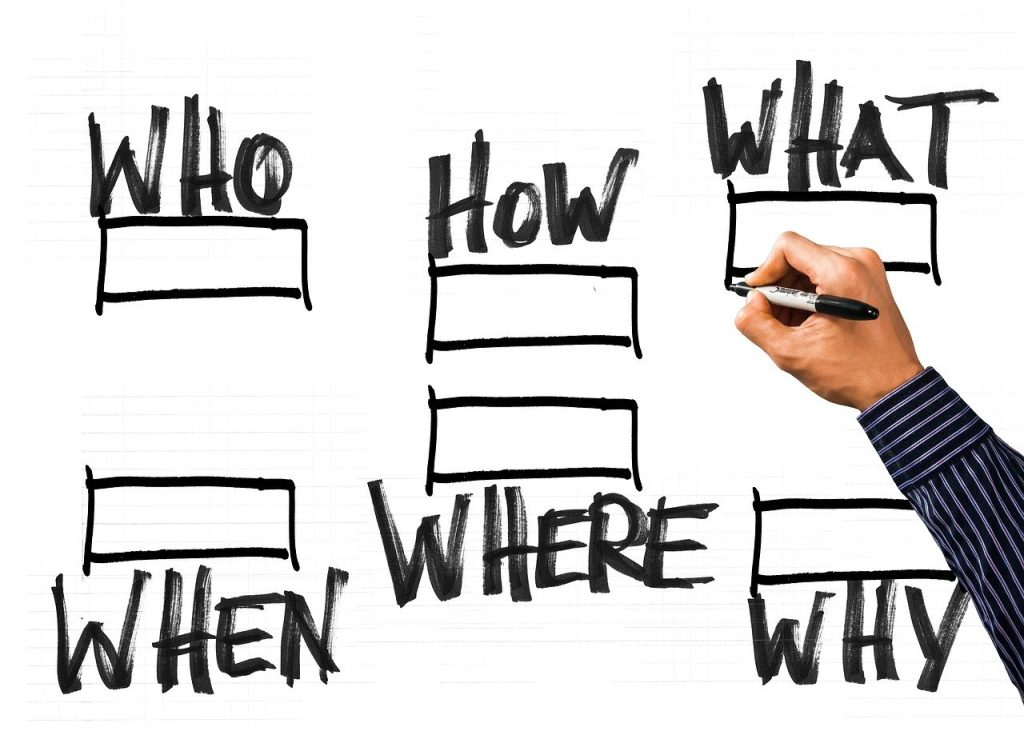Allow me to clarify, If it’s not promoting a product or idea, it doesn’t qualify as copywriting. Every word or phrase you present to your audience is a means of conveying information in exchange for something, be it their time, trust or even financial transaction. This means that all of your copy—your home page, social posts, blogs, landing pages, product descriptions, mission statement—should always be selling.
There’s this common phrase that copy should be simple and clear and easy to understand.
So in this article I will be telling you about steps to take to ensure your copy is clear.
Enhance Readability
Effective copy isn’t about being impressive; it’s about being effortless. Your audience should smoothly absorb your message without pausing to decipher it, even for an instant. The smoother your copy flows, the more prolonged their engagement and the simpler it becomes for them to grasp your key messages. Simplifying Your Text for Easy Reading Regardless of the word processing software you employ, it’s crucial to assess the readability of your content. For instance, MS-Word’s readability statistics can assist in gauging the ease of comprehension (aim to stay above 60.0) and the grade level required for understanding (strive for 7.0 or lower). Employing shorter sentences and more straightforward vocabulary reduces the cognitive load on your readers, increasing the chances they’ll remain engaged throughout the entire piece.
Incorporate Keywords (Beyond SEO)
While appearing on Google’s first page is a compelling achievement, it’s important to integrate keywords comprehensively, extending beyond SEO-focused copywriting. Keep in mind that these keywords represent the language your audience employs. When you align with their terminology (instead of your own), your content will effectively communicate the worth of your products or services in a manner that truly connects with them.
Confront Objections Head-On
While feature-benefit copy can effectively guide your readers through your sales funnel, as they approach the point of making a financial commitment, their decision-making process becomes more meticulous. Their inquiries shift from “What’s in it for me?” to “What if…?” These objections, whether consciously raised or not, act as hurdles in the sales process. While some aspects of your copy naturally address these concerns, it’s advisable to explicitly tackle them at some point. This approach not only showcases transparency and an empathetic understanding of the customer but also reinforces the value of your features and benefits, highlighting your expertise in the subject matter.
Leverage Bullet Points and Lists (with a Purpose)
Hold on! Don’t overlook this valuable tip—there’s a specific approach to consider. Following the serial position effect, individuals tend to remember the first and last items in a series most vividly. Therefore, when incorporating bullet points, ensure you position the most important elements strategically.
Prioritize the Reader
Are you acquainted with your target audience? While we may not always possess precise knowledge of who will visit our website or peruse our proposals, it is prudent to craft content with a hypothetical reader in mind. It’s perfectly acceptable if you don’t have direct knowledge of the reader; instead, visualize someone akin to your intended audience and address your writing to them.
Contemplate the reader
Reflect on whether the reader will understand the content you’ve written. Will they grasp the specialized terms you’ve utilized? Is the message you’re conveying valuable, innovative, or informative? All marketing copy should have a purpose, whether it’s to educate, entertain, inform, or inspire—does your copy fulfill this purpose? A useful technique for ensuring your content resonates with the reader is to employ a “you-orientation” by directly addressing the reader as “you” in the text, just as I’m communicating with you in this post. In fact, you’ll notice that about 90 percent of advertisements in magazines adopt this “you” approach in their copy.

Hi, this is a comment.
To get started with moderating, editing, and deleting comments, please visit the Comments screen in the dashboard.
Commenter avatars come from Gravatar.
This is a nice read